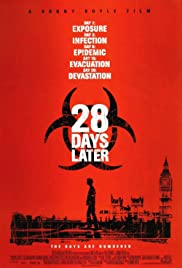
In Siberia, the frozen surfaces of the lakes in winter contain the trace of the forces that water deploys when it freezes. It takes a liquid form as running water, gaseous as vapor, or solid as ice. There's always the same quantity of water on Earth.Īll the successive species on Earth have drunk the same water.

Waterfalls, water vapor, clouds, rain, springs, rivers, seas, oceans, glaciers. The Earth's water cycle is a process of constant renewal. Plant life fed off the sun's energy, which enabled it to break apart the water molecule and take the oxygen. Thanks to them, the carbon drained from the atmosphere and other life forms could develop. These strata are the accumulated shells of those billions and billions of micro-organisms. They grew shells by tapping into the atmosphere's carbon now dissolved in the ocean.

Here, there once was a sea, inhabited by micro-organisms. It's still here, imprisoned in the Earth's crust. What happened to the carbon that poisoned the atmosphere? These tiny bacteria and their billions of descendants changed the destiny of our planet. They are a vital ancestor of all yesterday's and today's plant species. They alone have the capacity to turn to the sun to capture its energy. The rivers tore minerals from rocks, adding them to the oceans' freshwater.Ī miracle of time, primitive life forms still exist in the globe's hot springs.Īll except the cyanobacteria, or blue-green algae. They are like the veins of a body, the branches of a tree, the vessels of the sap that the water gave to the Earth. The water vapor condensed and fell in torrential downpours.Īt the right distance from the sun, not too far, not too near, the Earth's perfect balance enabled it to conserve water in liquid form. These wreathes of smoke curling from the bowels of the Earth bear witness to the Earth's original atmosphere.Ī dense atmosphere, thick with water vapor, full of carbon dioxide. They offer a glimpse of what our Earth was like at its birth, molten rock surging from the depths, solidifying, cracking, blistering or spreading in a thin crust, before falling dormant for a time.

Today, life, our life, is just a link in a chain of innumerable living beings that have succeeded one another on Earth over nearly 4 billion years.Īnd even today, new volcanoes continue to sculpt our landscapes. Yet this is where the miracle of life occurred. Listen carefully to this extraordinary story, which is yours, and decide what you want to do with it.Īt the beginning, our planet was no more than a chaos of fire, a cloud of agglutinated dust particles, like so many similar clusters in the universe.

Yet we have succeeded in disrupting the balance so essential to life. Life, a miracle in the universe, appeared around 4 billion years ago. You're like me, a homo sapiens, a wise human.


 0 kommentar(er)
0 kommentar(er)
